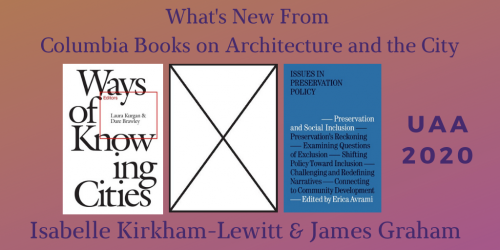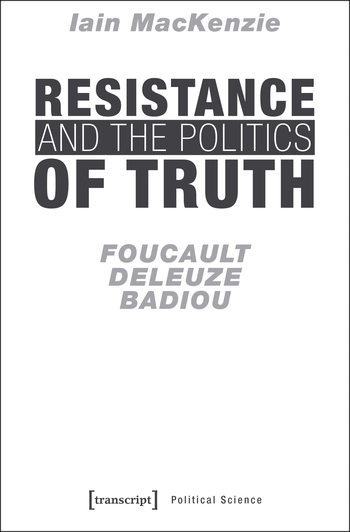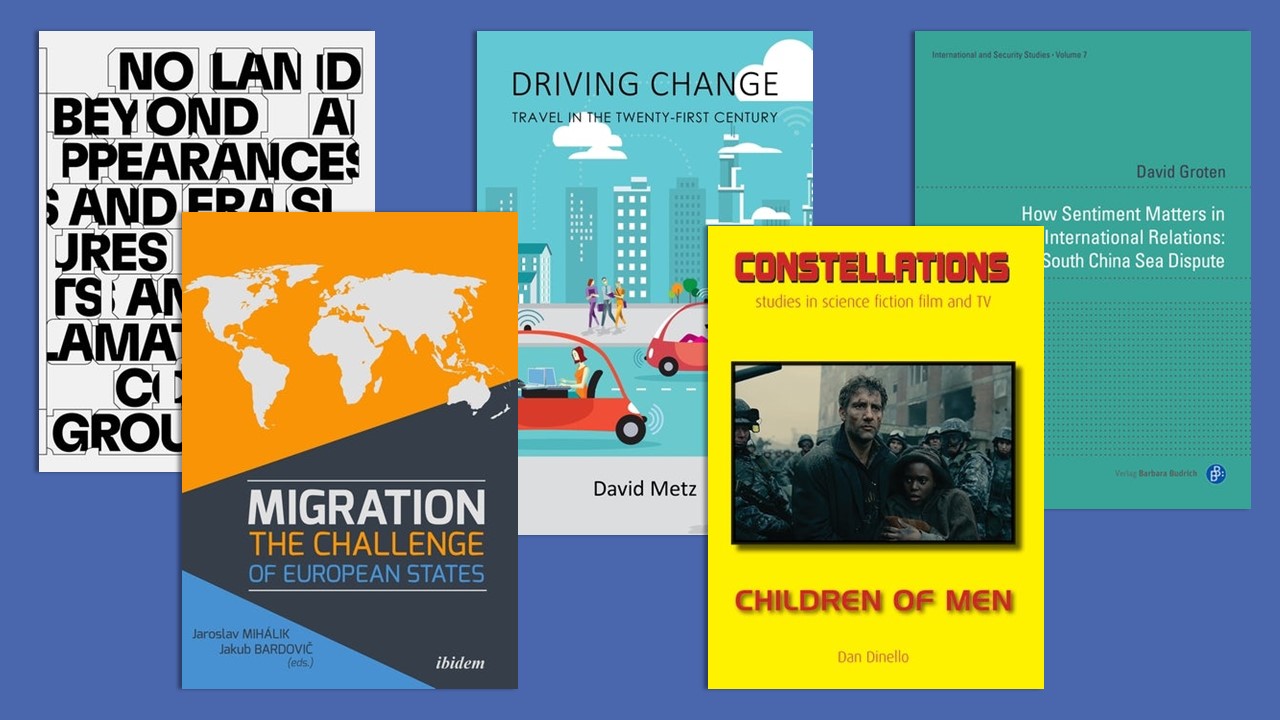Summer Reading List: Art and Architecture

The summer heatwaves spanning the country might be hindering outdoor activities, but they shouldn’t impede on your summer reading. From Robert Rauschenberg to the Moscow’s Conceptualist to architecture for space settlements to building preservation policy, this week’s list of suggested reading will delight art and architecture aficionados.
Robert Rauschenberg
An Oral History
Edited by Sara Sinclair with Peter Bearman and Mary Marshall Clark
The first book in The Columbia Oral History series, Robert Rauschenberg: An Oral History tells the story of one of the twentieth century’s most celebrated artists.
Rauschenberg was a breaker of boundaries and a consummate collaborator. He used silk-screen prints to reflect on American promise and failure, melded sculpture and painting in works called combines, and collaborated with engineers and scientists to challenge our thinking about art.
Through a series of interviews, the book takes the reader inside Rauschenberg’s creative life and offers a glimpse into the center of the art world during his time.
Recently released by Transcript-Verlag, in Empty Action Marina Gerber analyzes Collective Actions—one of the most significant artistic practices to emerge from Moscow Conceptualism. Gerber focuses on the enigmatic idea of ‘empty action’ and explores it in relation to labor in the late Soviet Union.
Based on interviews with members of the group (Monastyrski, Panitkov, Alexeev, Makarevich, Elagina, Romashko, Hänsgen, and Kiesewalter) she exposes the relation between their jobs, their individual art practices, and their contribution to the collective in the context of post-Stalinist debates on labor and free time.
Space Settlements
Fred Scharmen
In the summer of 1975, NASA brought together a team of physicists, engineers, and space scientists—along with architects, urban planners, and artists—to design large-scale space habitats for millions of people. New from Columbia Books on Architecture and the City, Space Settlements examines these plans for life in space as serious architectural and spatial proposals. A product of its time, this work is nevertheless relevant to contemporary modes of thinking about architecture.
Preservation and the New Data Landscape
Edited by Erica Avrami
This first book in the Issues in Preservation Policy series, Preservation and the New Data Landscape explores the ways that enhancing the collection, accuracy, and management of data can aid in identifying vulnerable neighborhoods, understanding the role of older buildings in economic vitality, and in planning sustainable growth.

Order from our website and save 30% . Simply use coupon code CUP30 at checkout.











